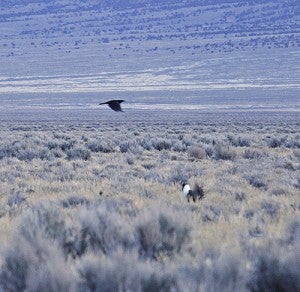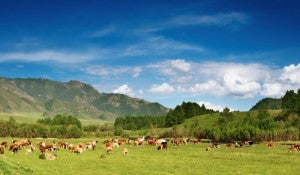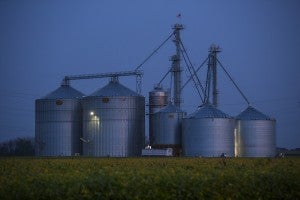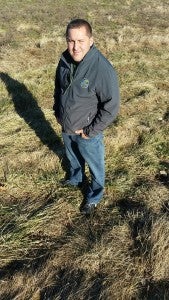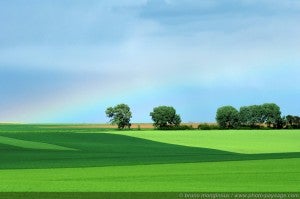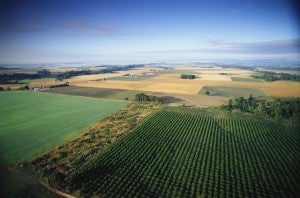A few months have passed since the greater sage-grouse was deemed “not warranted” for listing under the Endangered Species Act. But that doesn’t mean that I’ve forgotten about the bird. Nor have the countless agency staff at the Department of Interior, Fish and Wildlife Service, Bureau of Land Management (BLM) and Forest Service (FS) who continue to work to ensure that the bird stays off of the Endangered Species List.
The listing decision signaled that the state, federal and other conservation plans for the greater sage-grouse should be enough to ensure healthy populations, and now we must continue the hard work on implementing these plans.
BLM and FS have already committed to developing Regional Mitigation Strategies for the greater sage-grouse within one year of the September 2015 listing decision – a strategy that I hope will bring consistency, transparency and high standards to mitigation on public lands. Read More










